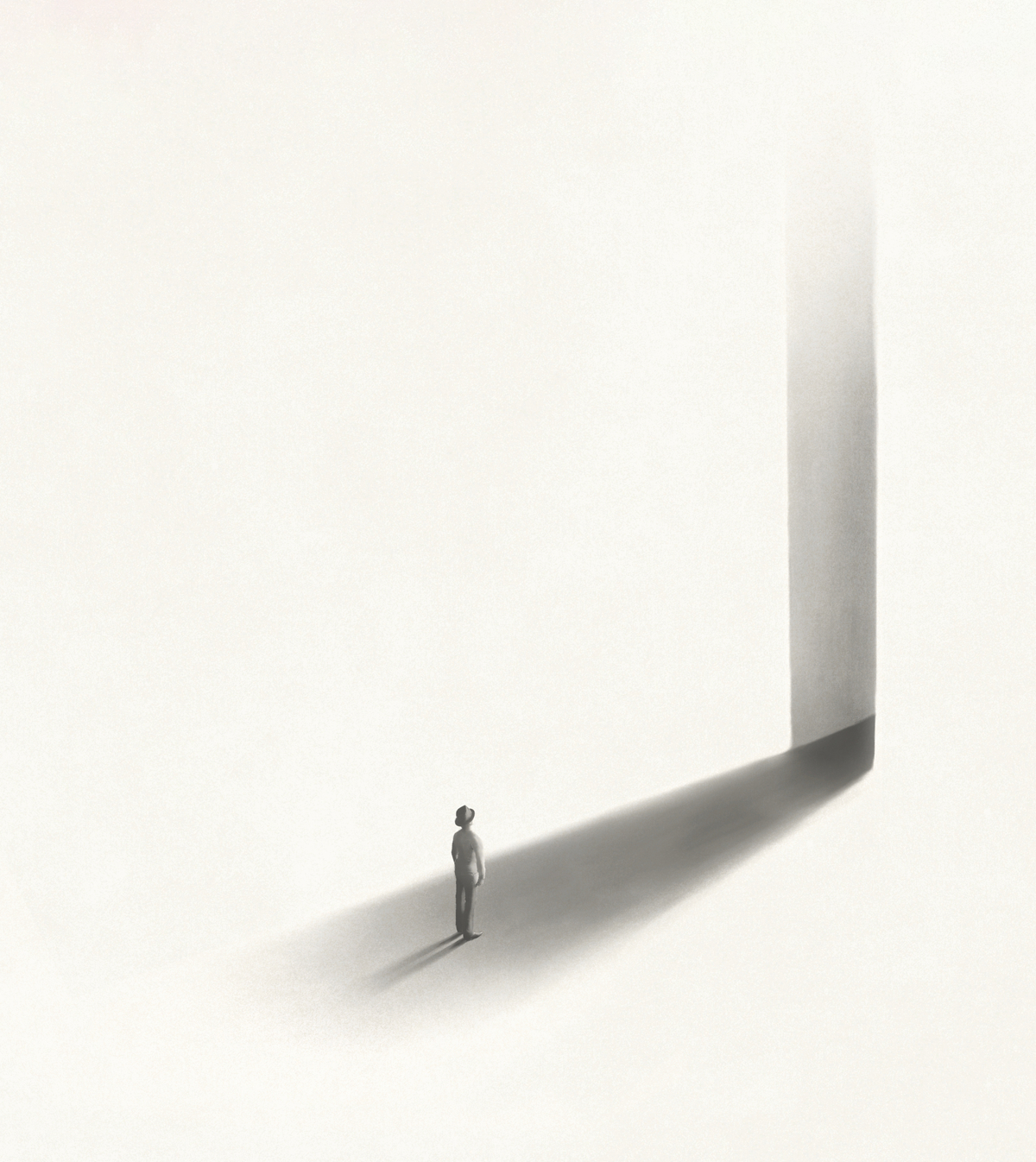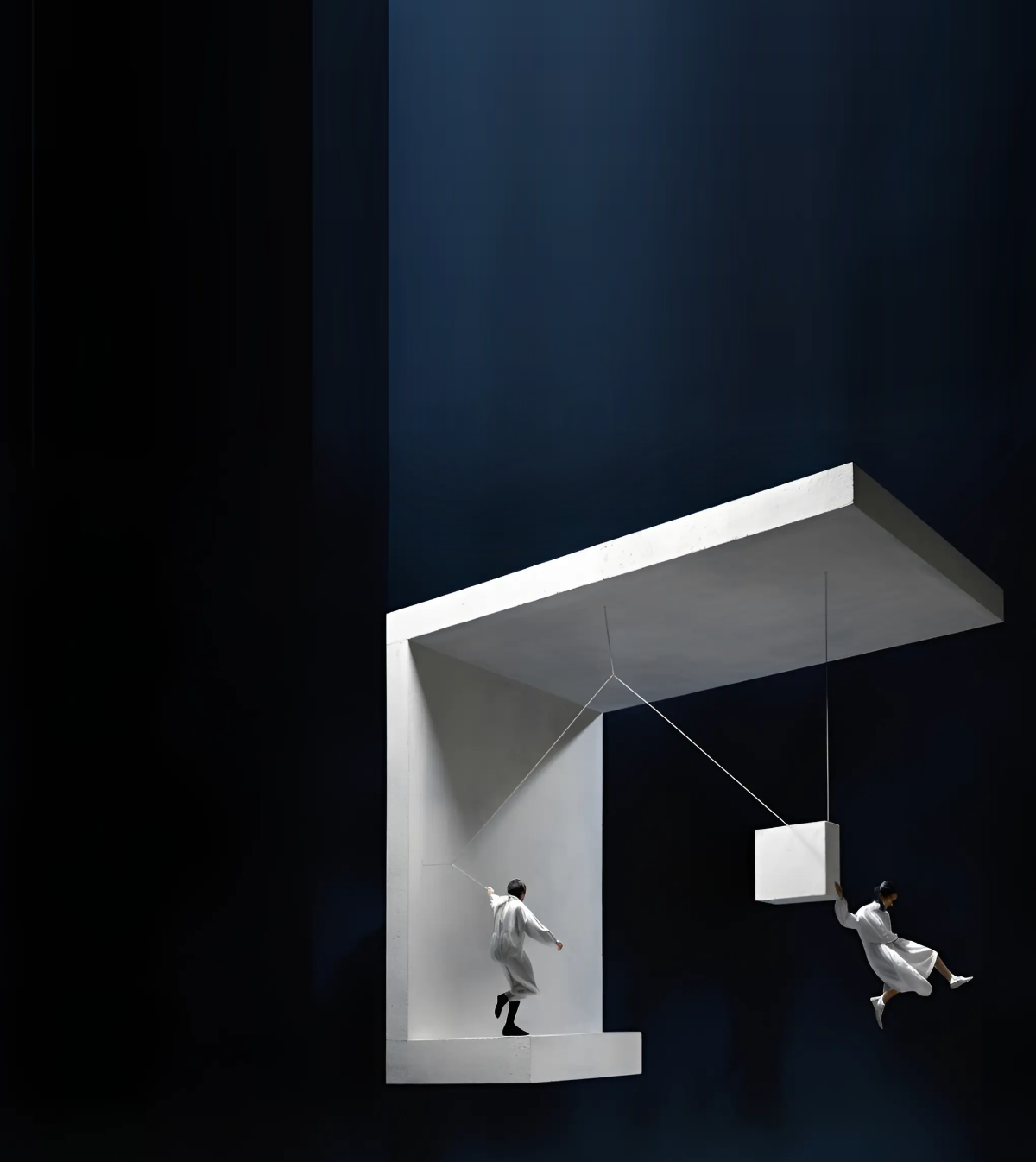There has been much debate over the years as to whether the two disciplines of architecture and poetry have any real connection. A nascent outsider might assume that the two have an intrinsic connection as they are both artistic forms of expression, albeit in two very different practices, but many professionals in the field still claim that there is either no connection at all or at the very least a tentative one.
While it may not be argued that great architecture breeds great poetry, it does, at the very least, has a keen sense of place in the world of poetry, and has been the inspiration for many great works by many great poets. Think of Coleridge's Kubla Khan, Wordsworth's Lines Composed upon Westminster Bridge, whole poems by Larkin, excerpts of TS Eliot, a lengthy list of pieces from from Thomas Hardy, and even more by John Betjeman.
From Michelangelo and Hardy, to Hawksmoor, Borromini, Palladio and Le Corbusier, through the ages there has been something of a crossover in the two disciplines, with many enlightened architects turning to poetry to further express themselves, as well as architects whose creativity deserves to be recognised for what it is - poetry written in stone.
The connection between architecture and poets
Michelangelo
One of the most important and influential artists of all time is Michelangelo di Lodovico Buonarroti Simoni, famous for his contributions to the worlds of art, architecture and poetry long before a Ninja Turtle was named after him. The Italian sculptor, painter, architect, poet, and engineer of the High Renaissance exerted an unparalleled influence on the development of Western art, and a number of his works in painting, sculpture and architecture rank among the most famous in existence.
As an architect, Michelangelo’s achievements are almost too many to list. He pioneered the Mannerist style at the Laurentian Library, and, at age 74 took, over from Antonio da Sangallo as the as the architect for St. Peter’s Basilica, transforming the plans and completing the western end and the dome to his own design.
Image source
Image source
While creating architectural works that would last for centuries, Michelangelo continuously wrote poetry, often inspired by his romantic frustrations. He wrote over three hundred sonnets and madrigals, the longest sequence of which was written to Tommaso dei Cavalieri, forming the first large sequence of poems in any modern language addressed from one man to another, predating Shakespeare’s sonnets by fifty years.
Thomas Hardy
Without the means to gain a university education, Thomas Hardy became an architecture apprentice after leaving school at age 16. He trained as an architect in Dorchester before moving to London where he enrolled as a student at King’s college London. Hardy won prizes from various architectural societies, such as the Royal Institute of British Architects and the Architectural Association, before eventually leaving London and architecture to focus instead on the writing career that he is now famous for. Hardy published his first volume of poetry in 1898, a collection of poems written over 30 years entitled Wessex Poems. Hardy wrote in a great variety of poetic forms, including lyrics, ballads, satire, and dramatic monologues, and wrote a number of significant war poems that relate to both the Boer Wars and World War I.
Although initially his poems were not as well received as his novels, Hardy is now recognised as one of the greatest twentieth-century poets, and his verse has had a profound influence on later writers, including Robert Frost, W. H. Auden, Dylan Thomas, and, most notably Philip Larkin. A phenomenally important career that, despite how it ended, began as an architect.
Poetry inspired by architecture / Architecture inspired by poetry
Whether a master of both disciplines or just the one, architecture and poetry still often enjoy something of a crossover, with some of the most noteworthy and groundbreaking work in both fields inspired by the other.
John Betjeman’s poetry inspired by Victorian architecture
Sir John Betjeman, CBE was an English poet who was also a founding member of the Victorian Society, and a passionate defender of Victorian architecture. Betjeman’s writing was greatly influenced by his love for architecture, and while he may not have practiced the discipline himself, he wrote on the subject in First and Last Loves (1952) and more extensively in London's Historic Railway Stations in 1972. When not writing poetry, Betjeman spent much of time fighting to preserve historical Victorian architecture, such as the Holy Trinity on Sloane Street and the Euston Arch in London.
Image source
Image source
Betjeman responded to architecture as the visible manifestation of society's spiritual life as well as its political and economic structure, stating in the preface of his collection of architectural essays, "We accept the collapse of the fabrics of our old churches, the thieving of lead and objects from them, the commandeering and butchery of our scenery by the services, the despoiling of landscaped parks and the abandonment to a fate worse than the workhouse of our country houses, because we are convinced we must save money."
Nader Khalili’s SuperAdobe inspired by poetry
Nader Khalili invented the SuperAdobe construction method - also called the super block system - which uses layers of sand-filled bags coiled up and placed one upon the other and secured into a dome-shaped structure by barbed wire. The adobe structure is simple in appearance, but strong enough to resist floods, fires, earthquakes and hurricanes. It provides insulation against both cold and heat, and is quickly and can be easily constructed by men, women, or even young adults.
Image source
The life-saving possibilities of the SuperAdobe construction method are limitless, and it was all inspired by the works of 13th century poet named Rumi. Kahlili combined Rumi’s philosophy on nature with the building methods of ancient Middle Eastern architecture that he encountered on a five-year motorcycle journey across his homeland of Iran.
Nader Khalili realised that every jarful of earth could be used to create a dwelling, shelter a community and sustain the environment, creating a poetry on architecture that was patented to ensure it be used to help benefit those most in need.
Architecture and poetry are both forms of expression and communication which are sometimes related, and always relatable. From architects that turn to writing poetry as a means of representation, the common link is the need to communicate their thoughts, feelings and ideas. If you feel inspired to create poetry in architecture, enroll in one of our open architecture competitions or check out ARCHHIVE BOOKS' Poems of a Modern-Day Architect notebook. It is a collection of poems on architecture accompanied by empty interstitial pages, a daily tool that both inspires and gives you the freedom to reflect!
Top 3 Reasons Why You Should Enter Architecture Competitions
Curious about the value of architecture competitions? Discover the transformative power they can have on your career - from igniting creativity and turning designs into reality, to gaining international recognition.
Learn more





















